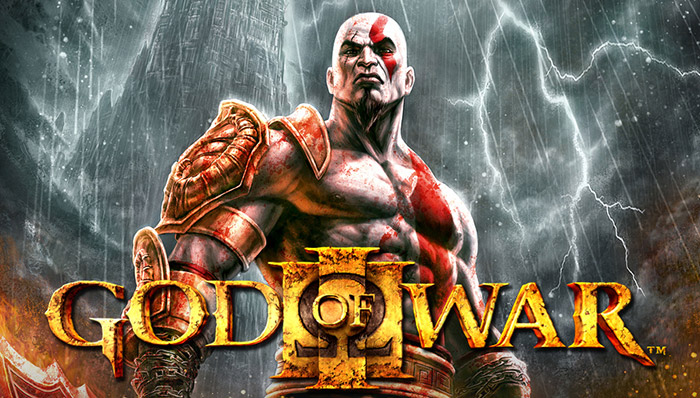If you’re a budding games designer in the midst of developing your game concept, understanding the different roles that game features and game mechanics play will help you have a better ideation process.
What’s the difference?
The first step to understanding the different roles of game features and game mechanics is to understand how they are different. Let’s do that with the analogy below.
Imagine you’re a chef, and you want to create a new dish for your restaurant. These are the things you’ll have to do:
- Determine the concept of your new dish. Is it a dessert, side dish, main dish or something else?
- Think of the features that will fit your concept. How should it look? What kind of taste and smell should it have? What kinds of experience should it give diners as a result?
- Figure out how you want to create the dish. What kind of ingredients do I need? How do I cook the dish so that it gives diners the experience I want them to have?
Similarly, if you’re a games developer creating a new game, these are the things you’ll have to do:
- Determine the concept of your new game. Define your game genre (e.g. action, puzzle, horror) and theme (e.g. sci-fi, medieval, futuristic).
- Think of the features that will fit your concept. How should your game look and sound like? What are the kinds of experiences it will create for the player as a result?
- Figure out how to make the game work. How should I craft the world so that the player experiences the game world the way I want them to?
In simpler terms, the full ideation process of making a game involves coming up with 1) a high concept, 2) a list of game features and 3) a bunch of formulated game mechanics.
The main difference between a feature and a mechanic is this: features tell people what kind of experiences your game will give to players, while mechanics tell you how those experiences in your features are created. In other words, features describe vision, while mechanics describe execution. Additionally, because of the descriptive nature of game features, they are often used in pitch documents and marketing materials as a result.
Article continues after the advertisement:
Example of a feature and a mechanic
Since I used God of War as an example in my article about the high concept, let’s use it here too, for continuity’s sake.

Here is one game feature of God of War:
Raw, viscerally satisfying combat experience. Killling is fun because it’s bloody, extremely violent, and there are so many ways to do it. Your enemies are at your mercy.
And these are some of the mechanics that contribute to making the feature work:
Variety of weapons available to players. In God of War, players will get to wield a number of different weapons. Wielding different weapons will change the kinds of attacks he executes in mêlée combat, as well as the kind of magic he can cast.
Edit: Removed because this is more of a game feature than mechanic.
Combo-based mêlée fighting system. The
and
buttons are assigned as attack buttons, with
executing a light attack and
executing a heavy attack. When the attack buttons are pressed in sequence, more complicated attack combinations will be executed. Below are a list of attack combos and their respective button sequences. [Insert combo list below]
Combat grappling system. Players can press
when within a short distance to enemies to grapple them. From there, they can press
to run around the battlefield and use an enemy as a battering ram,
to rip the enemy in half or mash
to punch an enemy into submission and retrieve more red orbs (i.e. “experience points”). Some enemies also trigger unique interactive cinematic sequences when grappled, where the player has to succeed in pressing several timed-button prompts, ending with the player killing the enemy violently. Enemies with interactive cinematic sequences can only be grappled when they are weakened, whereupon a prominent
button prompt will appear above their heads.
As you can see, game mechanics are much more detailed than game features. Not coincidentally, they also require much more brainstorming to write out.
Edit: Although the mechanics written above are more detailed than the game features, they should ideally be less “wall-of-text”-y. Make use of paragraphing and accompany your text with pictures where applicable. As they say, a picture speaks a thousand words!
Conclusion
When conceptualising games, most people get stuck at coming up with features without really getting into the mechanics. As a result, a designer who can conceptualise game mechanics in great detail can find it really easy to stand out amongst his peers. A lot of the ability to conceptualise game mechanics comes with the knowledge of game programming though, so a game designer can make himself a great deal more effective by learning some code.
Special thanks to Melcolm Lek, whose art was used in this article. If you like his art, get in touch with him at melcolmlek@gmail.com.
Article continues after the advertisement:
